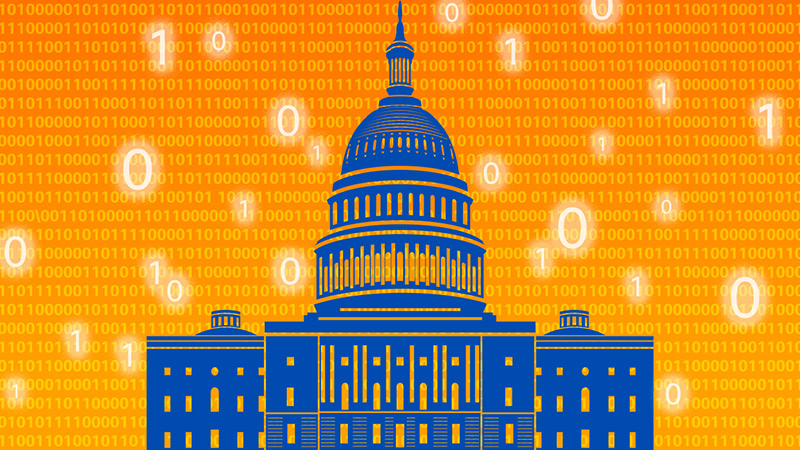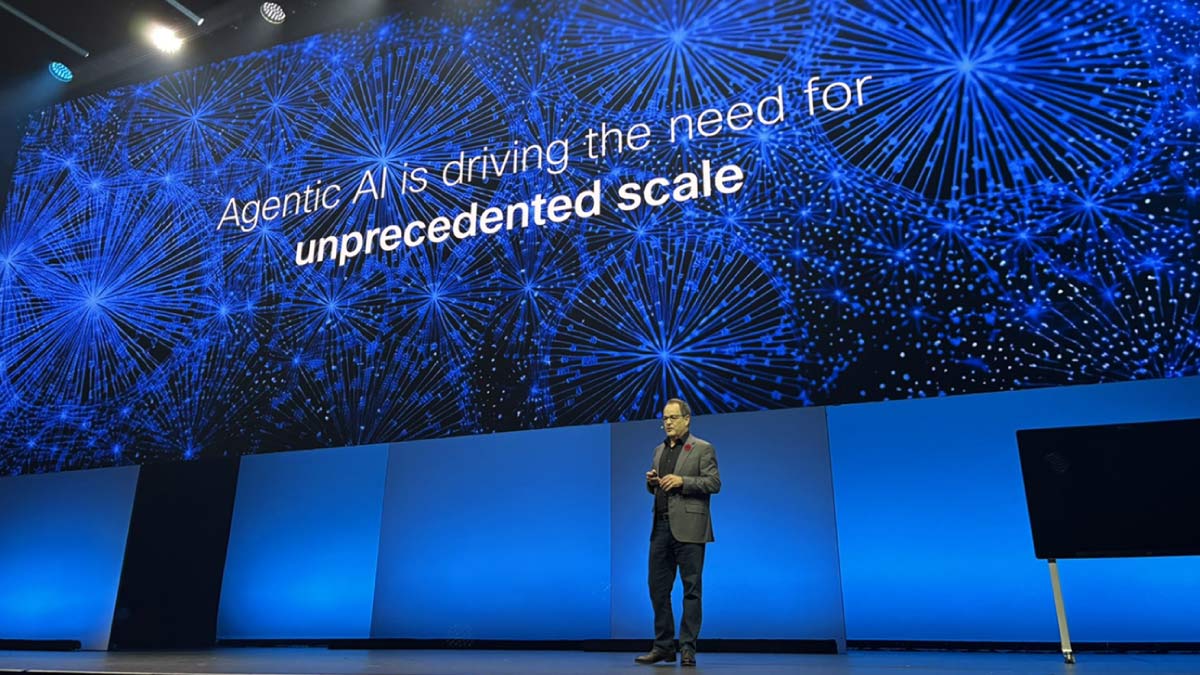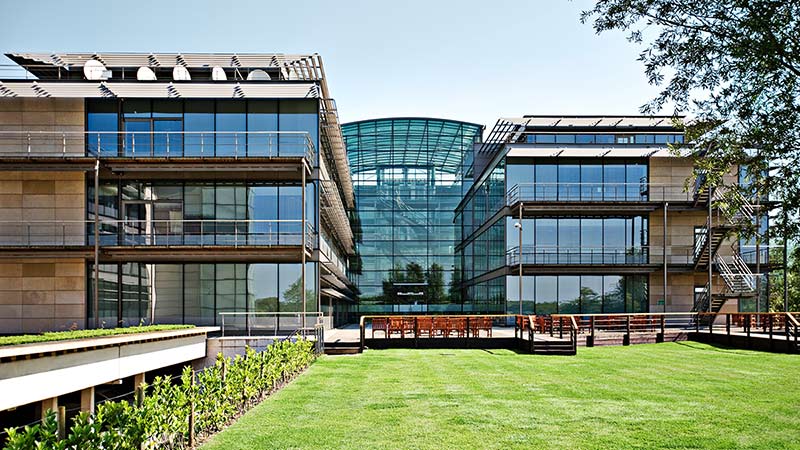From smarter cities to rural opportunities, public sector organizations impact our lives in profound ways. And digital technologies are key to making it happen.
Too often, however, the public sector has lagged in digital transformation, with many organizations mired in outmoded technologies, disconnected workers, and frustrated citizens.
Cisco’s Marcus Moffett is working to change all that.
“Government,” Moffett said, “has moved from laggard on digital transformation to, in a lot of cases, leading the charge.”
As chief technology officer for Cisco’s U.S. Public Sector organization, Moffett is in a perfect position to support innovation in communities across the country. That could be ensuring public safety in New Orleans, driving digital literacy in New Mexico, or using video in New York prisons to connect inmates with their children — to name but three projects on which he has been involved.
“We do see government being very innovative in a number of areas,” he said, “whether you’re talking about citizen services, healthcare, the military, or education. Government is taking a very active role with digital transformation.”
Of course, there remain no shortage of challenges in the public sector — including budget shortfalls, regulatory hurdles, and talent gaps.
Not to mention, the rising demands of citizens and government workers. Accustomed to the seamless experiences offered by big tech players and online retailers, many won't tolerate clunky, paper-based government processes, slow response times, or byzantine, opaque bureaucracies.
In response, many government agencies are driving new investments and encouraging innovative solutions.
A rock-solid foundation
For many public sector organizations, it starts with the foundation — through upgrades in network architecture and infrastructure.
“It takes a modern platform,” Moffett said, “along with modern skills and modern consumption models.”
To empower the workforce, connect citizens in novel new ways, and gain deep, real-time insights via the Internet of Things, a highly secure, flexible network infrastructure is paramount. And it must be built to accommodate ever-increasing torrents of data and future demands from 5G, artificial intelligence, and other emerging technologies.
“When we talk about the modern platform,” he said of Cisco’s technologies, “from base level connectivity to collaboration to security to what you do in the data center, to the campus core, out to IoT, we’ve got you covered. So whether it’s internal for your own workforce, or external to the citizens, you’re able to develop the platform to deliver specific services in a secure fashion.”
Given the unique challenges of public sector organizations, Moffett often gets involved in the funding process — together with Cisco Capital.
“In commercial and enterprise,” Moffett said, “you show customers what you have and they go find the money. In government, it’s the exact opposite. We have to help find the money so that government can move the needle. Everything is done by grants and contracts.”
One incentive to investment? The vast improvements in efficiency, sustainability, and cost savings that digital transformation brings.
“With this modern platform,” he said, “our government customers are taking a more holistic look at their entire technology footprint, and how that supports digital capabilities. Nobody wants to stand in line at a government office for hours to wait for social security cards or licenses or certificates for construction. So government is taking note of the fact that it saves an immense amount of time.”
In New Orleans, for example, the adoption of more than 500 IP video cameras increased public safety and lessened the burden on law enforcement.
“They implemented that technology,” Moffett said, “and saved over 3,000 man hours just with solving cases more rapidly. Those 3,000 hours given back to law enforcement; they’re able to spend more time in the community. Simple things like that give the citizenry more confidence in government.”
Not to mention, the Big Easy is reporting the lowest crime rates in decades. Elsewhere in the city, flood sensors monitor the city’s elaborate dykes and levees, while Cisco network technologies coordinate responses among fire, police, and emergency medical services.
Given that many public sector assets — anything from transportation to power utilities — can be high-profile targets, cybersecurity is as essential as physical safety.
“We’re a security first company,” Moffett stressed, “so we always think about security, whether it’s at the network layer, using things like MACsec, all the way up to the highest levels of security. Being able to protect the network from end to end is critically important.”
Finding the talent to change the world
In the enterprise space, there’s never enough tech talent. And the problem’s only compounded in the public sector, where older IT workers are retiring, and younger talent is drawn to the larger salaries offered by enterprises and technology companies.
“They call it the 'silver tsunami',” Moffett said. “It’s really an aging workforce in government. So when you think about new technologies, whether it’s artificial intelligence or the way networking is evolving with intent-based networking, your workforce has to be able to keep up. Government struggles to find the money to train people effectively, and attract talent today.”
One trend that benefits public sector organizations, however, is the tendency of workers, especially younger ones, to want to make a difference in the world. Increasingly, it’s not all about profit.
“Government has a great opportunity to show people that it’s not necessarily what’s in your paycheck every week,” Moffett emphasized, “even though that’s very important. There’s a lot more that you can do to make the world a better place. And government is the place to do that.”
The talent crunch is especially challenging outside the major cities. Which brings us to another of Moffett’s core passions: closing the urban/rural divide. Often talented workers may not want to leave rural areas where they were born and raised, but the opportunities simply aren’t there.
“I’m in Mississippi this week,” Moffett said from the family farm where he grew up. “Mississippi has the same challenge as everybody else. You’ve got government services that are needed. Technology is what’s delivering all of that, yet educating the local workforce who want to stay here versus leave, is a big one.”
Moffett applauds the efforts of Cisco’s Network Academy to bring tech skills to underserved areas.
“Cisco Networking Academy have trained over 20 million students since the inception,” he said, “nearly 2 million last year alone. And absolutely you’ve started to see this being extended into some rural pilots, in the inner city, and even into prisons.”
Moffett’s even more excited about what’s to come. Cisco’s Internet for the Future will enable a vast new array of capabilities, he believes, especially as emerging technologies like AI and IoT reach their full potential. And the possibilities for the public sector are immense.
“Cisco’s running the majority of the Internet,” Moffett explained, “and has been for a very long time. So we see this as the next wave. So first and foremost, and whether it’s data center fabrics, in-campus and wide area networks, or with service provider cores, Cisco’s at the heart of connectivity.”
“Technology is just doing a lot of things we haven’t had in the past,” he concluded, “to extend capability to people, and it really is life changing.”
###
We welcome the re-use, republication, and distribution of "The Network" content. Please credit us with the following information: Used with the permission of http://thenetwork.cisco.com/.




